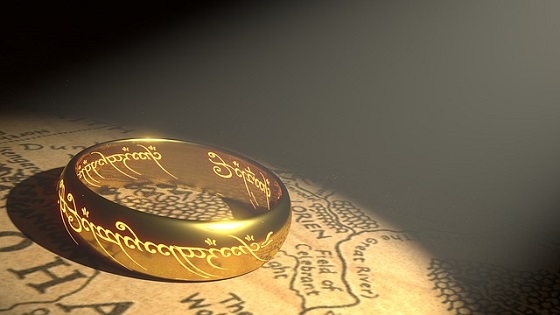We all have heard about 916 KDM Gold while we were buying gold jewellery. But what exactly is 916 KDM Gold?
The question itself has the answer within it. The 916 in 916 KDM Gold can be written as 91.6 (we will know why we wrote so). Now, the 91.6 indicates that the jewellery we are buying is made up of 91.6 or approximately 92% is made up of Pure Gold and the remaining 8% is made up of some other metal. Since it is KDM Gold, it indicates that the metal mixed with our gold jewellery is Cadmium which is also written as Kadmium.
Hence 916 KDM Gold indicates 91.6 or approximately 92% is Gold metal while 8% is Kadmium (Cadmium) metal.
Pure Gold (100% Gold) is also called 24Karats While KDM Gold is only 22Karats. Hence if we divide 22Karats/24Karats, we get 22/24=0.916. Hence we are using 916 in 916 KDM Gold.
Why can’t we make jewellery out of pure gold (24 karats)?
Pure Gold (24 karats) is very soft. Yes you heard right, pure gold is so soft that it can be made into thin sheets (malleability) and also long wires (ductility). In fact Gold is one of the most malleable metals know to man. Since pure gold is very soft, the jewellery made up of pure gold is delicate and weak. Hence metals such as silver, cadmium, platinum and copper are alloyed with Gold to make it stronger.
22Karats Gold has 2parts of Silver or other metal mixed with 22parts of Pure Gold. As the percentage of Gold in jewellery decreases, the strength of the alloy increases. Therefore 22Karats Gold is purchased from the market instead of 24Karats Gold.
Interesting Facts about Gold
Why Do Olympians Bite Their Gold Medals?
Until 1912 Summer Olympics held at Stockholm, Sweden, Olympic Gold Medals were made up of pure Gold. And as we know pure Gold metal is very soft, Olympians used to bite their Gold Medals to authenticate the Purity of Gold. This process would leave the Gold Medal with tooth impressions on them indicating that the metal is pure and free from impurities such as copper or silver. If there were impurities or alloys in the medals, the medal becomes strong and Olympians could injury their teeth as they bite their medals.
Sadly, our present-day Olympic Gold Medals are made up of only 1.34% Gold which means that these medals are much stronger due to the presence of alloys or impurities. But still, the old tradition of biting Olympic Medals continues due to the obsession of photographers to get good photographs for their magazines and newspapers.
You can learn more about the difference between hallmarked and KDM Gold
(8th class Lustrous Metals)
Gold (Latin: Aurum) is the 79th Element in the Periodic Table of Elements which is one of the dense, lustrous yellow metal which is very precious.
Get Interesting Articles like this one in your inbox: Sign up for our emails and monthly magazine.
Popular Starry Stories Posts
50 Interesting Space Questions Answered
Rosy Starlings – The Birds that Teach us Communal Harmony

